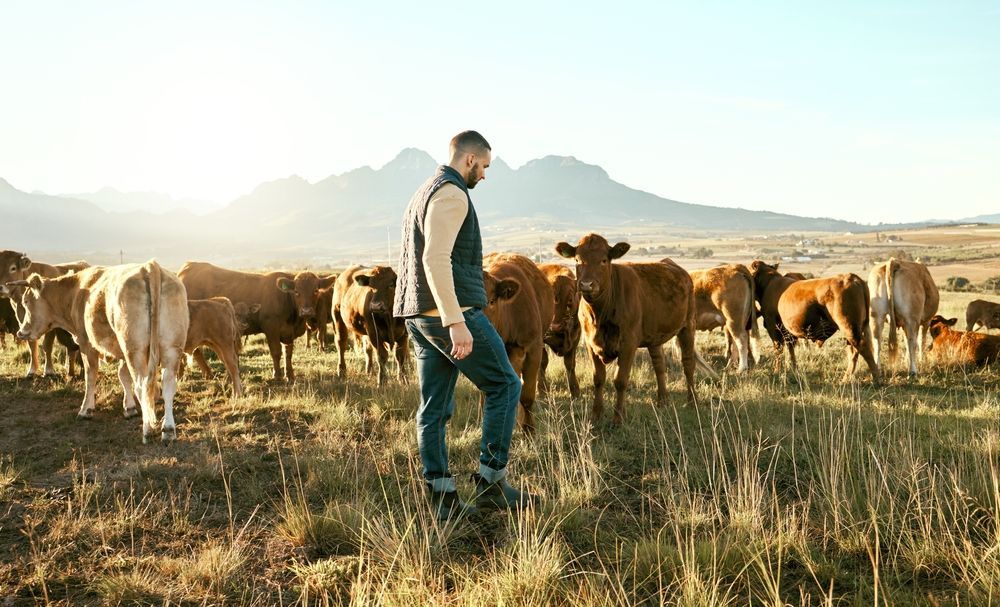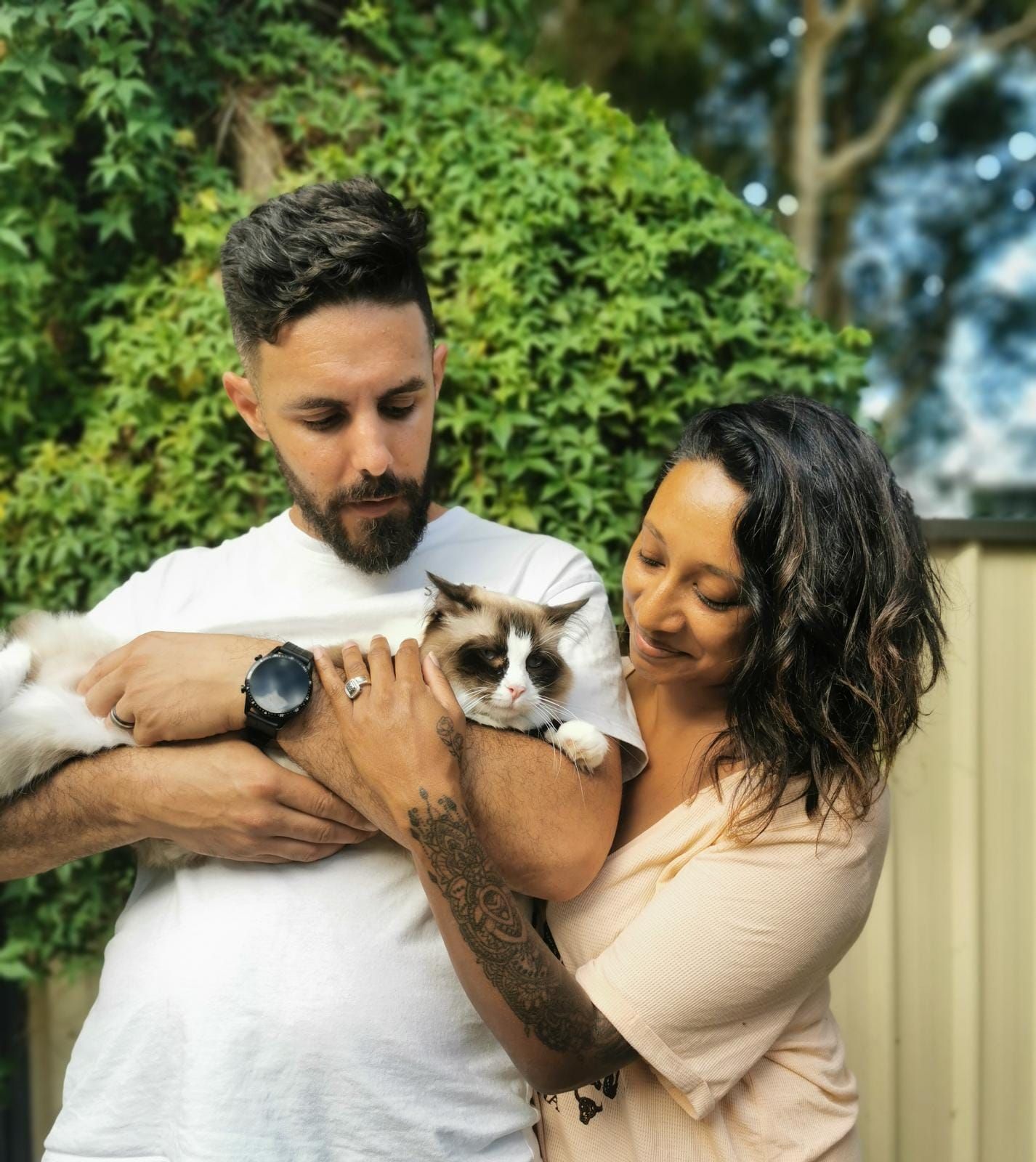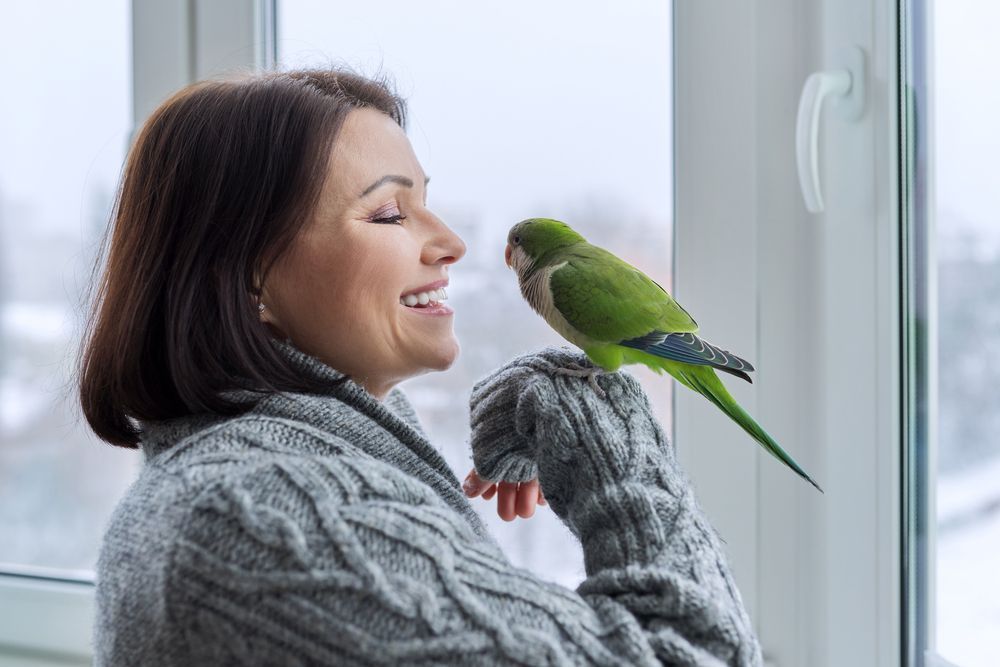Complete Guide to Dog Training: Potty Training to Advanced Tricks
Complete Guide to Dog Training: Potty Training to Advanced Tricks
Table of Content
I. Introduction
- Importance of dog training
- Brief overview of what the article will cover
II. Understanding Your Dog's Behavior
- Learning how dogs communicate
- Identifying common behavior problems
- Addressing behavior issues with positive reinforcement
III. Basic Training Techniques
- Potty training tips and tricks
- Crate training basics
- Teaching basic commands (sit, stay, come)
IV. Intermediate Training Techniques
- Teaching your dog to walk on a leash
- Teaching your dog to stay off furniture
- Teaching more advanced commands (heel, leave it, drop it)
V. Advanced Training Techniques
- Teaching tricks (roll over, play dead, shake hands)
- Agility training
- Clicker training
VI. Troubleshooting Common Issues
- Separation anxiety
- Excessive barking
- Aggression towards other dogs
- Jumping up
- Chewing
- Pulling on the leash
VII. Conclusion
- Recap of key takeaways
- Encouragement to keep practicing and training with your dog
Dogs are undoubtedly man's best friend, but training them to become well-behaved companions requires patience, time, and a deep understanding of their behavior. From potty training to advanced tricks, the process of training a dog can be overwhelming, especially for first-time pet owners. However, it's essential to realize that investing time and effort into your dog's training is vital not only for their development but also for your peace of mind.
In this comprehensive guide, we'll take you through everything you need to know about dog training, from the basics of potty training to advanced tricks. Whether you have a new puppy or an older dog that needs to learn new behaviours, we've got you covered. Our aim is to provide you with practical tips and techniques that will help you build a strong relationship with your dog based on trust, respect, and effective communication.
Throughout this guide, we'll cover everything from understanding your dog's behaviour to troubleshooting common issues, and we'll give you step-by-step instructions on how to teach your dog basic and advanced commands. We'll also explore more advanced training techniques, such as agility training and clicker training, and teach you how to tackle common behavioural problems, such as separation anxiety and excessive barking.
So, whether you're a seasoned dog owner or new to the world of pet parenting, this ultimate guide to dog training is a must-read. By the end of this guide, you'll have all the tools you need to train your furry friend to be a well-behaved, obedient, and happy companion.

Understanding Your Dog's Behavior:
Before you can effectively train your dog, it's important to understand their behavior and how they communicate. Dogs use body language, vocalizations, and scent to convey their emotions and intentions. By learning how to read your dog's body language, you can better understand what they're feeling and respond accordingly.
Learning how dogs communicate:
Dogs use a variety of body language cues to communicate their feelings, such as tail position, ear position, and body posture. For example, a wagging tail can indicate excitement or happiness, while a tucked tail can indicate fear or anxiety. Similarly, a relaxed body posture can indicate that your dog is calm and comfortable, while a stiff, upright posture can indicate that your dog is on high alert.
Identifying common behaviour problems:
Some common behaviour problems in dogs include excessive barking, chewing, digging, and jumping up on people. These behaviours can be frustrating for pet owners, but they are often a sign that your dog is bored, anxious, or not getting enough exercise. By addressing the underlying cause of the behaviour, you can help your dog learn more appropriate behaviours.
Addressing behaviour issues with positive reinforcement:
Positive reinforcement is a training technique that rewards your dog for good behaviour. This can include giving your dog treats, praise, or toys when they perform a desired behaviour. Positive reinforcement is a more effective and humane training method than punishment or negative reinforcement, which can harm your dog's mental and emotional well-being.
When addressing behaviour issues, it's important to focus on rewarding your dog for positive behaviour rather than punishing them for negative behaviour. This will help build a strong and trusting relationship between you and your dog, and encourage them to behave in a positive and obedient manner. With patience, consistency, and positive reinforcement, you can help your dog overcome common behaviour problems and develop into a well-behaved and happy companion.
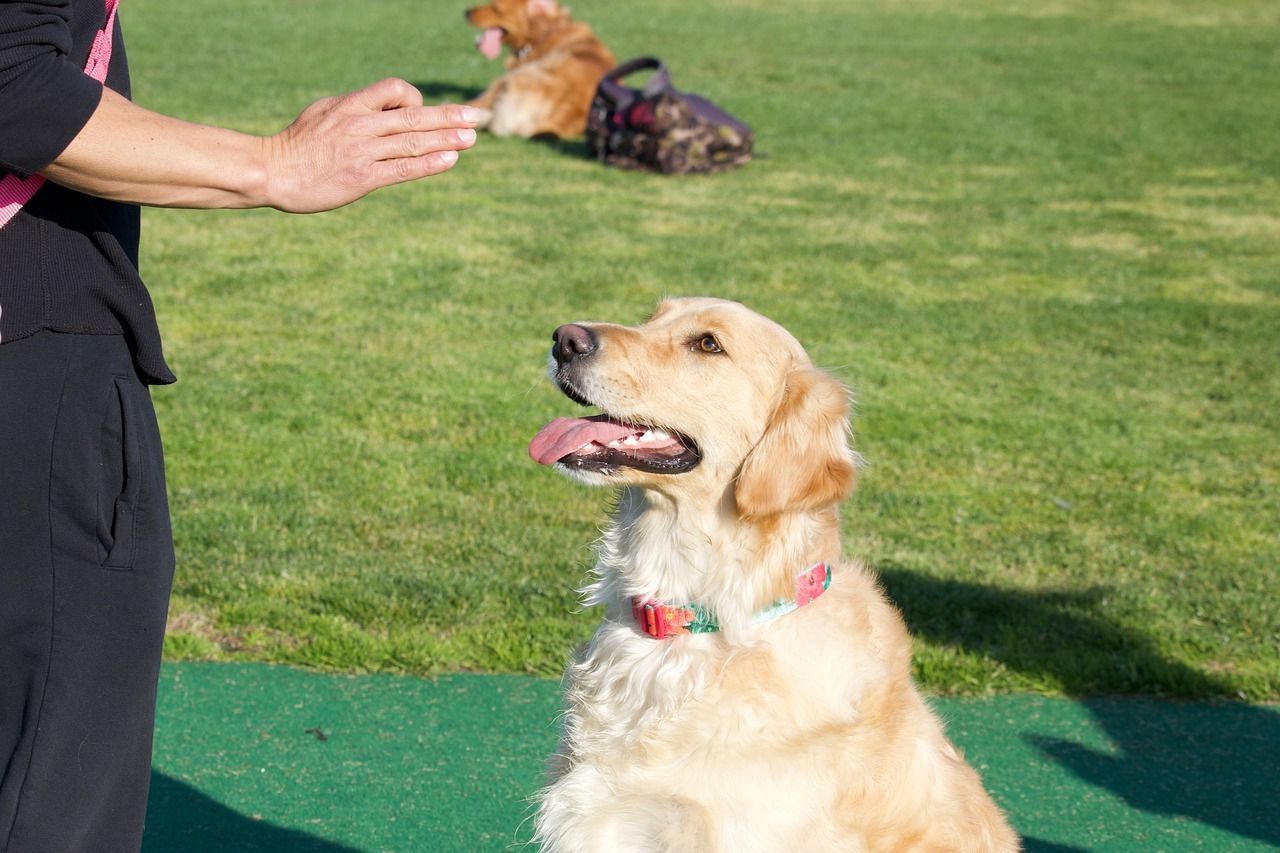
Basic Training Techniques:
Basic training is the foundation of any dog's obedience training. The following are some of the most important basic training techniques that every dog owner should master.
Potty training tips and tricks:
Potty training is one of the first and most important things you should teach your dog. The key to successful potty training is consistency and positive reinforcement. Start by taking your dog outside to a designated potty area after meals, naps, and playtime. Praise and reward your dog every time they go potty outside. If your dog has an accident inside, don't punish them, but instead, interrupt them and take them outside immediately. With patience and persistence, your dog will learn to go potty outside consistently.
Crate training basics:
Crate training is an effective way to teach your dog to be calm and relaxed in a confined space. Start by introducing your dog to the crate and making it a positive and comfortable place for them to be. Feed your dog in the crate and provide them with toys and treats inside. Gradually increase the amount of time your dog spends in the crate, and always praise and reward them for good behavior. Never use the crate as a punishment, and always make sure your dog has plenty of exercise and attention outside of the crate.
Teaching basic commands (sit, stay, come):
Teaching basic commands is essential for building a strong and obedient relationship with your dog. The three most important basic commands are sit, stay, and come. To teach your dog to sit, hold a treat above their head and say "sit." When your dog sits, give them the treat and praise them. To teach your dog to stay, have them sit and say "stay" while holding your hand in front of them. Gradually increase the amount of time your dog stays in place, and always reward them for good behavior. To teach your dog to come, use a treat or toy to lure them towards you and say "come." Always reward your dog when they come to you, even if they were slow to respond.
By mastering these basic training techniques, you can establish a strong foundation of obedience and good behavior in your dog. With consistent practice and positive reinforcement, your dog will be on their way to becoming a well-behaved and happy companion.
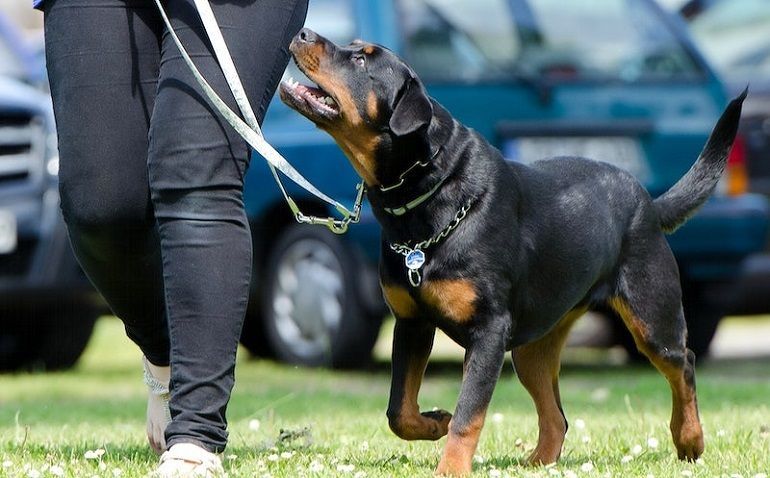
Intermediate Training Techniques:
Once your dog has mastered basic training, it's time to move on to more advanced techniques that will help them become a well-behaved and obedient companion.
Teaching your dog to walk on a leash:
Teaching your dog to walk on a leash is essential for their safety and your peace of mind. Start by getting your dog comfortable with wearing a leash and collar. Practice walking with your dog in a quiet, low-distraction area, using treats and praise to reward them for staying by your side. If your dog pulls on the leash, stop walking and wait for them to come back to you before starting again. With practice and patience, your dog will learn to walk calmly on a leash.
Teaching your dog to stay off furniture:
Teaching your dog to stay off furniture can be a challenge, but it's important for maintaining boundaries and preventing unwanted behavior. Start by designating a specific spot for your dog to lay down, such as a dog bed or mat. Encourage your dog to use this spot by rewarding them with treats and praise. If your dog tries to get on furniture, calmly redirect them to their designated spot. With consistency and positive reinforcement, your dog will learn to respect the boundaries you've set.
Teaching more advanced commands (heel, leave it, drop it):
Once your dog has mastered basic commands like sit and stay, you can move on to more advanced commands that will help them become a well-trained and obedient companion. Heel is a command that teaches your dog to walk calmly beside you on a loose leash. Leave it teaches your dog to ignore and leave alone items that you don't want them to touch, such as food or dangerous objects. Drop it teaches your dog to release an object from their mouth on command, which can be useful for preventing dangerous chewing or playing. Use treats and praise to reward your dog for successfully completing these commands.
By practicing these intermediate training techniques with patience, consistency, and positive reinforcement, you can help your dog become a well-behaved and obedient companion. Remember to always approach training with a positive attitude and reward good behavior, and you and your furry friend will enjoy a long and happy life together.
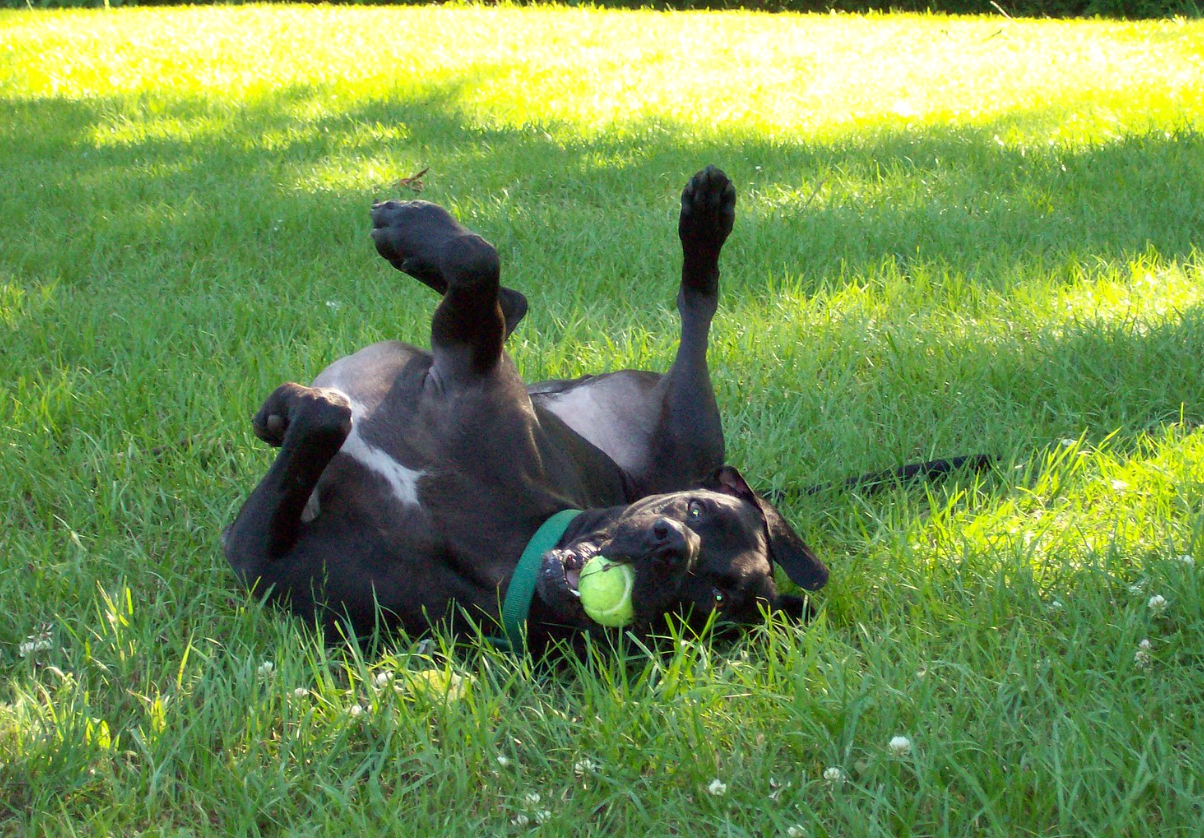
Advanced Training Techniques:
If your dog has already mastered basic and intermediate training techniques, it may be time to move on to more challenging and advanced training techniques.
Teaching tricks (roll over, play dead, shake hands):
Teaching your dog tricks is not only a fun way to bond with your furry friend, but it also helps to keep them mentally stimulated and active. Tricks like roll over, play dead, and shake hands can be taught using positive reinforcement and repetition. Start by breaking the trick down into small steps, rewarding your dog for each step along the way. Be patient and consistent, and your dog will soon be impressing all of your friends with their new tricks.
Agility training:
Agility training is a great way to provide your dog with physical and mental stimulation while also improving their obedience and listening skills. Agility courses include obstacles like jumps, tunnels, and weave poles, and require your dog to navigate the course as quickly and accurately as possible. Start with basic obstacles and gradually increase the difficulty as your dog becomes more skilled. Use treats and praise to reward your dog for successfully completing the course.
Clicker training:
Clicker training is a form of positive reinforcement training that uses a clicking sound to mark desired behavior. This sound is paired with a reward, such as a treat or praise, to reinforce the behavior. Clicker training can be used to teach a variety of behaviors and tricks, including basic commands, advanced tricks, and even agility training. It's important to be patient and consistent when using clicker training, and to always reward your dog for positive behavior.
By incorporating advanced training techniques like teaching tricks, agility training, and clicker training into your dog's training routine, you can help to keep them mentally and physically stimulated while also improving their obedience and listening skills. Remember to always approach training with patience and consistency, and to reward your dog for positive behavior. With practice and dedication, your furry friend will continue to thrive and impress you with their skills.
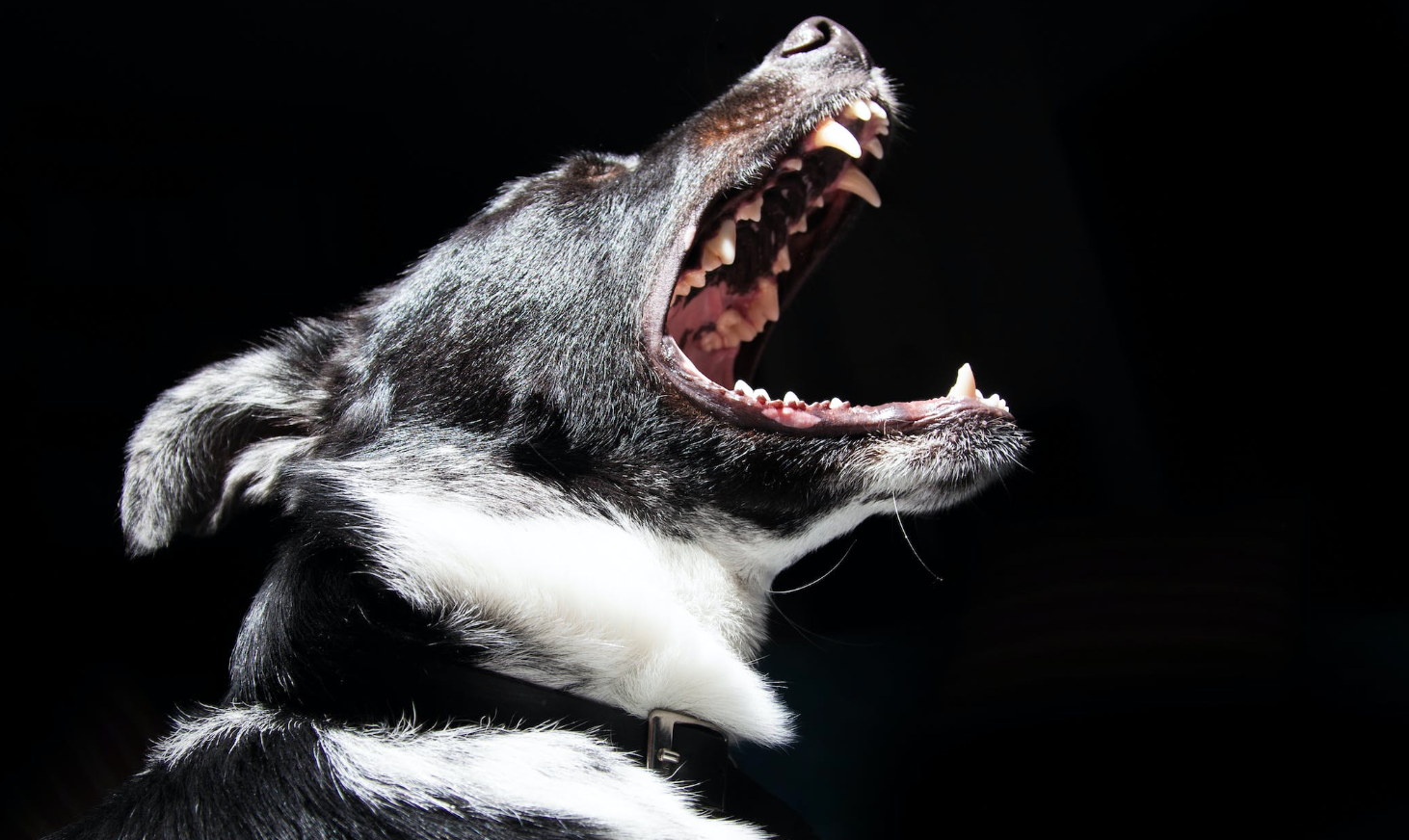
Troubleshooting Common Issues:
Even with the best training techniques, some dogs may still develop common behavior issues. Here are some tips for troubleshooting three of the most common issues:
Separation anxiety:
Separation anxiety is a common issue among dogs and can cause them to become destructive or anxious when left alone. To help your dog overcome separation anxiety, start by slowly desensitizing them to your departures. Practice leaving for short periods of time and gradually increase the length of your absence. Provide your dog with plenty of toys and treats to keep them occupied, and consider hiring a dog walker or pet sitter if you will be gone for an extended period of time.
Excessive barking:
Excessive barking can be a frustrating issue for both you and your neighbors. To help your dog stop barking excessively, start by identifying the root cause of their barking. Is your dog bored, anxious, or excited? Once you have identified the cause, you can work on addressing it. Provide your dog with plenty of exercise and mental stimulation, and consider using positive reinforcement techniques to train them to be quiet on command.
Aggression towards other dogs:
Aggression towards other dogs can be a serious issue and requires immediate attention. Start by avoiding situations that trigger your dog's aggression, and gradually desensitize them to the presence of other dogs. Use positive reinforcement techniques to teach your dog to associate other dogs with positive experiences, such as treats and praise. If your dog's aggression persists, seek the help of a professional dog trainer or behaviorist.
Jumping up:
Many dogs have a tendency to jump up on people, which can be both annoying and potentially dangerous. To address this issue, start by teaching your dog to sit and stay on command. Whenever your dog starts to jump up, give the command to sit or stay, and reward them when they comply. With consistent training, your dog will learn to greet people politely.
Chewing:
Dogs love to chew, but they don't always choose appropriate items to chew on. To discourage destructive chewing, provide your dog with plenty of toys and bones to chew on, and supervise them when they are in areas where they may be tempted to chew on inappropriate items. If your dog does chew on something they shouldn't, interrupt the behavior with a loud noise or distraction, and redirect them to an appropriate chew toy.
Pulling on the leash:
Many dogs are eager to explore their surroundings and may pull on the leash during walks. To teach your dog to walk calmly on a leash, start by using a front-clip harness or head collar to give you more control. Whenever your dog starts to pull, stop walking and wait for them to return to your side. Reward them with treats and praise when they do, and gradually increase the distance and duration of your walks.
By identifying and addressing common behavior issues like separation anxiety, excessive barking, aggression towards other dogs, jumping up, chewing, and pulling on the leash, you can help your dog to become a well-behaved and well-adjusted member of your household and can help your dog to lead a happy and healthy life. Remember to always approach these issues with patience and consistency, and to seek professional help if necessary. With the right approach, you can help your furry friend overcome any behavior issue they may face.
In conclusion, training your dog is a rewarding and important part of being a responsible pet owner. By understanding your dog's behavior, using positive reinforcement techniques, and addressing common issues, you can help your furry friend to become a well-behaved and well-adjusted member of your household.
To recap, key takeaways from this guide include the importance of starting with basic training techniques like potty training and crate training, as well as the value of teaching more advanced commands and tricks to keep your dog mentally stimulated. Additionally, it's important to address common behavior issues like separation anxiety, excessive barking, and aggression towards other dogs, as well as less common issues like jumping up and chewing.
Remember that training your dog is an ongoing process, and it may take time and patience to see results. Don't get discouraged if your dog doesn't learn a new trick or behavior right away – just keep practicing and using positive reinforcement techniques. With consistency and dedication, you can help your furry friend become the best version of themselves.
In conclusion, we encourage you to keep practicing and training with your dog. Training is not only a great way to bond with your furry friend, but it also helps to ensure their safety and well-being. By following the tips and techniques outlined in this guide, you can help your dog to become a happy, healthy, and well-behaved member of your family.
Certainly! While this guide has primarily focused on the importance of training your dog, it's also important to consider their overall health and well-being. Investing in pet insurance can be an excellent way to ensure that your dog is well-cared for, and that unexpected veterinary costs won't become a financial burden for you.
Pet insurance policies can vary in terms of coverage options, premiums, deductibles, and customer service. Some providers offer more comprehensive coverage, while others have lower premiums or more flexible deductibles. It's important to research different providers and choose a policy that fits your budget and your dog's needs.
When choosing a pet insurance provider, consider factors like coverage for preventative care, such as vaccinations and routine checkups, as well as coverage for unexpected illnesses or injuries. Additionally, consider the provider's reputation for customer service, as well as their claims process and reimbursement policies , Please read our Guide on how to choose the bets pet insurance here
It's important to note that pet insurance is not a substitute for proper training and preventative care for your dog. While pet insurance can help to cover unexpected veterinary costs, it's important to invest in regular preventative care, like vaccinations and checkups, as well as proper training to help prevent accidents and injuries.
In summary, investing in both training and pet insurance can help to ensure that your furry friend is healthy, happy, and well-cared for. By researching different pet insurance providers and choosing a policy that fits your budget and your dog's needs, you can have peace of mind knowing that unexpected veterinary costs won't become a financial burden.
Frequently asked questions about dog training:

